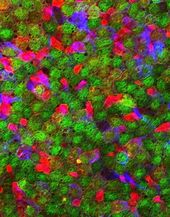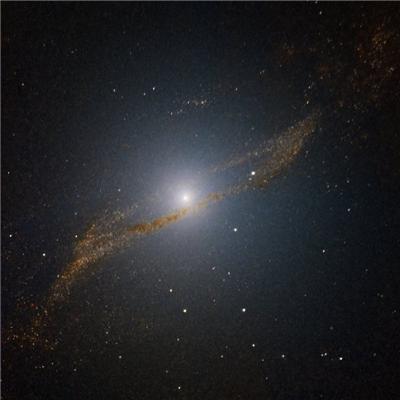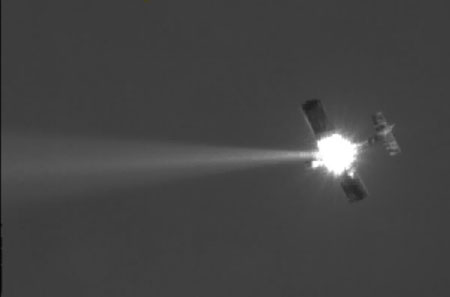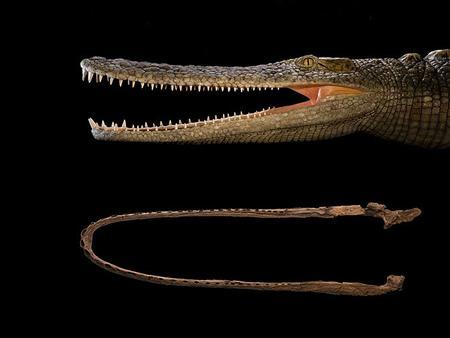
The bulk of neuron production in the central nervous system takes place before birth, and comes to a halt by birth. But scientists have identified specific regions in the core of the brain that retain stem cells into adulthood and continue to produce new neurons.
NC State researchers, investigating the subventricular zone, one of the regions that retains stem cells, have identified a gene that acts as a switch -- transforming some embryonic stem cells into adult cells that can no longer produce new neurons. The research was done using mice. These cells form a layer of cells that support adult stem cells. The gene, called FoxJ1, increases its activity near the time of birth, when neural development slows down. However, the FoxJ1 gene is not activated in most of the stem cells in the subventricular zone -- where new neurons continue to be produced into adulthood.







